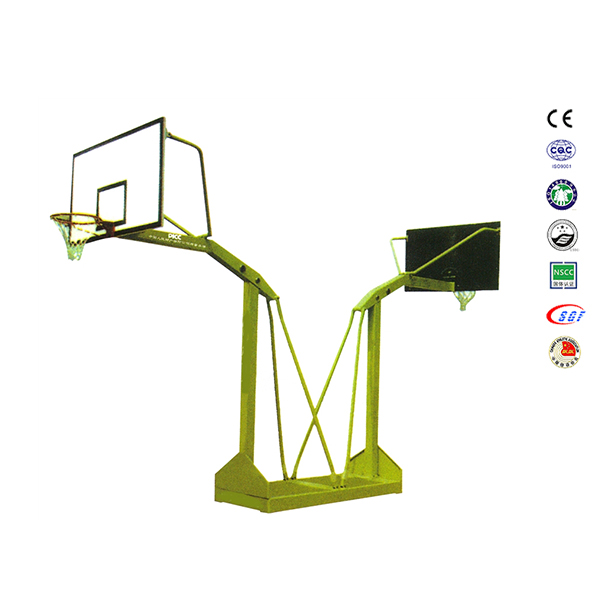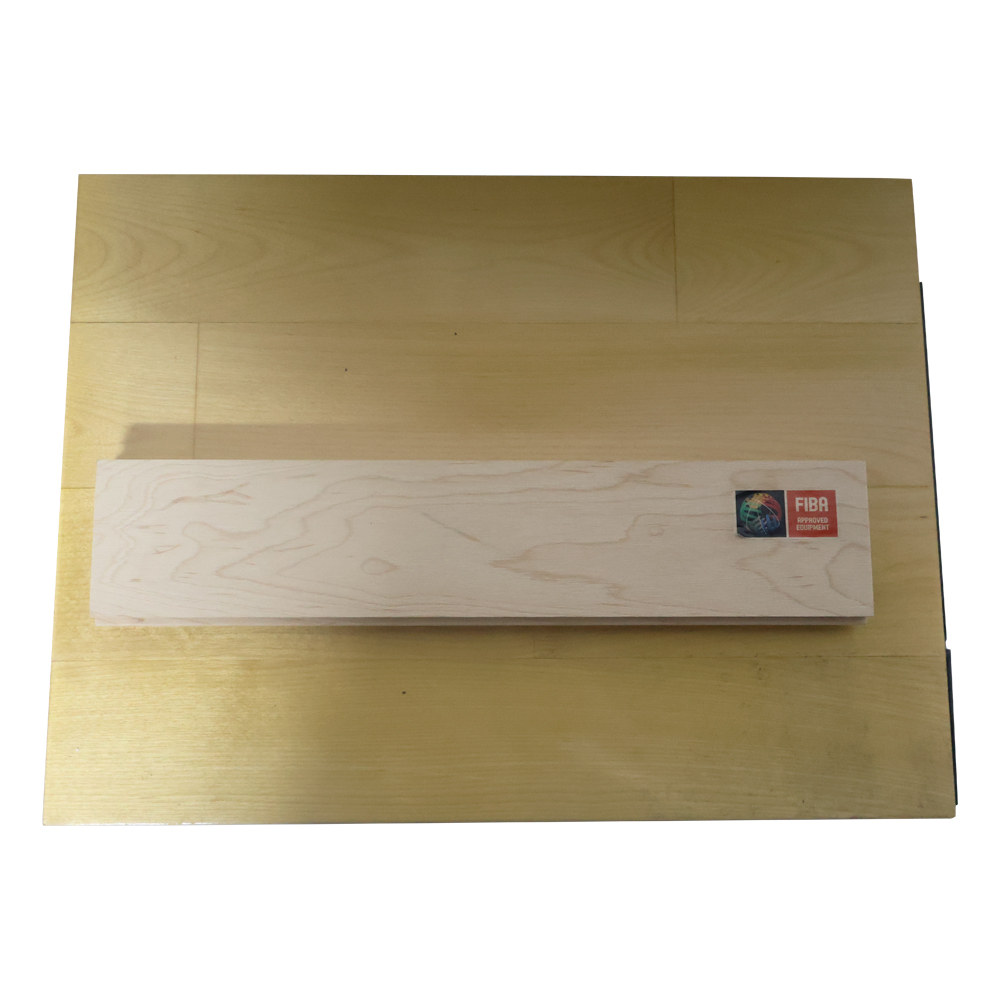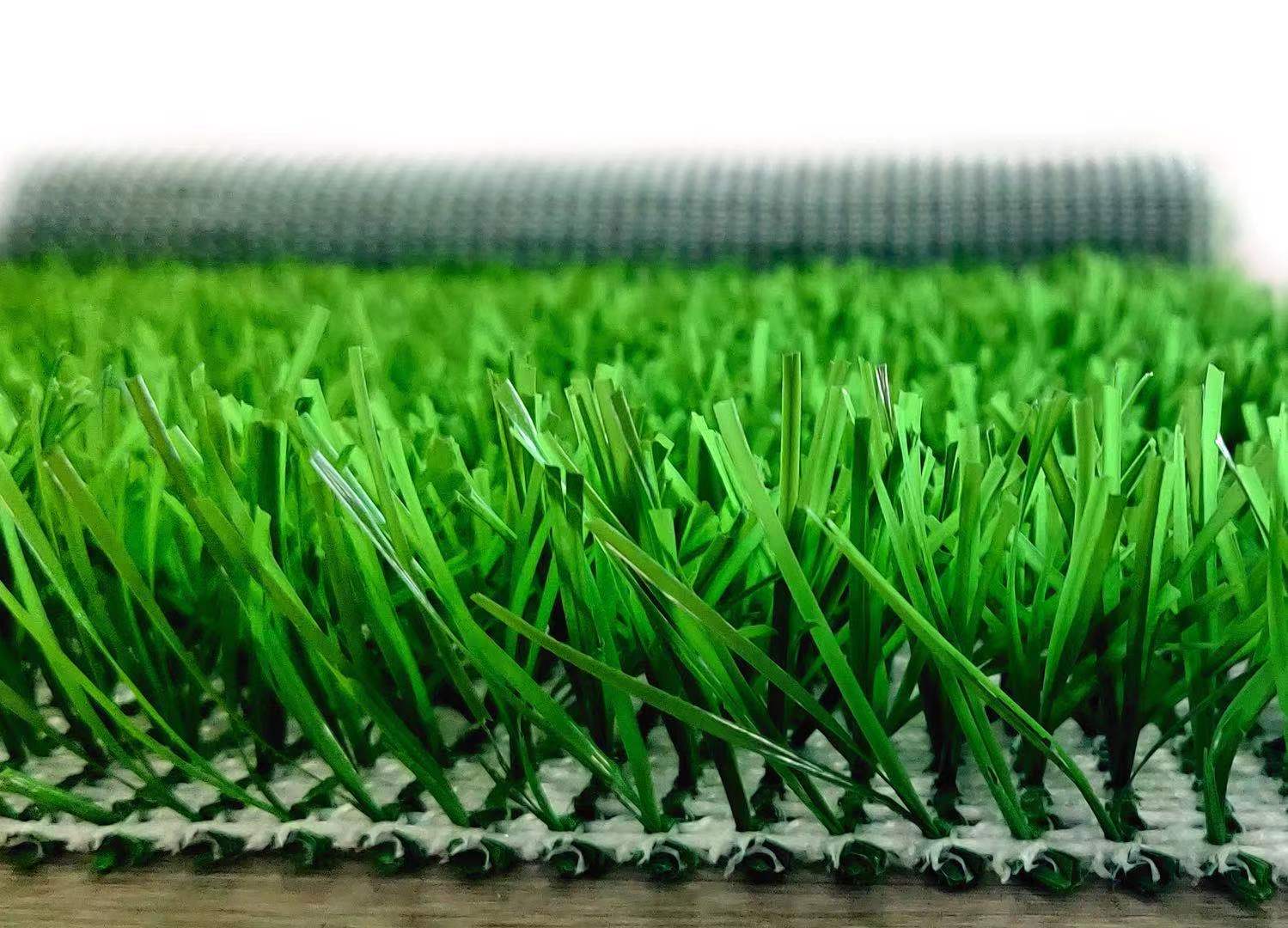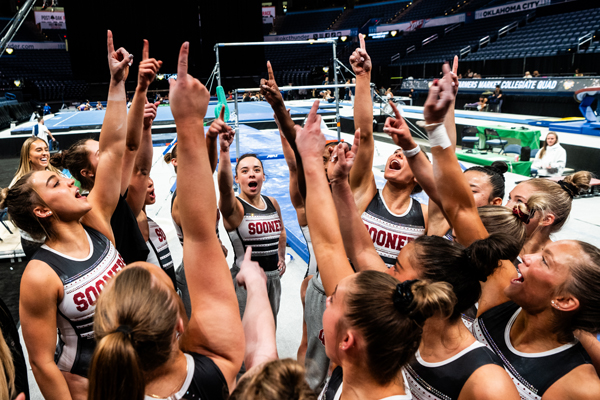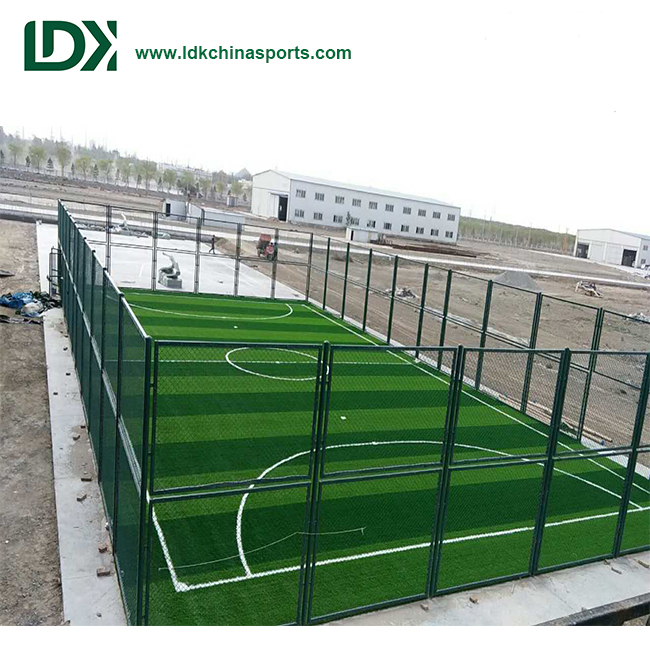Product
Fifa standard football pitch length and width
Basic Info
FIFA stipulates that the standard length of a Football field is 105m and the width is 68m.
The area of a football field must comply with the regulations. It means that the football field is rectangular. Its length must not be greater than 120 meters or less than 90 meters, and its width must not be greater than 90 meters or less than 45 meters. In any case, the length must exceed the width.
Size of a regular football field:
Field: 105 meters long and 68 meters wide;
Goal: 7.32 meters long and 2.44 meters high;
Large penalty area (penalty area): 40.32 meters long and 16.5 meters wide, 16.5 meters away from the goal post at the bottom line;
Small penalty area (goal area): 18.32 meters long and 5.5 meters wide, 5.5 meters away from the goal post at the bottom line;
Center circle: radius 9.15 meters;
Corner kick area: radius 1 meter, 13.84 meters away from the large penalty area;
Penalty arc: a semicircle with a radius of 9.15 meters centered on the penalty spot;
Penalty spot: 11 meters away from the goal line
The area of a football field must comply with the regulations. It means that the football field is rectangular. Its length must not be greater than 120 meters or less than 90 meters, and its width must not be greater than 90 meters or less than 45 meters. In any case, the length must exceed the width.
Size of a regular football field:
Field: 105 meters long and 68 meters wide;
Goal: 7.32 meters long and 2.44 meters high;
Large penalty area (penalty area): 40.32 meters long and 16.5 meters wide, 16.5 meters away from the goal post at the bottom line;
Small penalty area (goal area): 18.32 meters long and 5.5 meters wide, 5.5 meters away from the goal post at the bottom line;
Center circle: radius 9.15 meters;
Corner kick area: radius 1 meter, 13.84 meters away from the large penalty area;
Penalty arc: a semicircle with a radius of 9.15 meters centered on the penalty spot;
Penalty spot: 11 meters away from the goal line
Football is one of the most ornamental, exciting, and competitive sports in the world, and the Football field is the cradle that nurtures this sport. In these football stadiums, various dramatic events are staged, and the football field is like a monument, recording everything that happened. Do you have any knowledge about football fields?
There is no strict requirement for the length and width of this rectangle, but there is a range of values: the length of a regular competition venue must be ≥ 90 meters (100 yards) ≤ 120 meters (130 yards), and the width must be ≥ 45 meters (50 yards) ≤ 90 meters (100 yards).
The length of the international competition venue must be ≥ 100 meters (110 yards) ≤ 110 meters (120 yards), and the width must be ≥ 64 meters (70 yards) ≤ 75 meters (80 yards).
There is a special case: the size of the FIFA World Cup venue is fixed: 105 x 68 meters=7140 square meters.
Another thing that many people may not know is that football fields are not purely flat, but require a turtle back shape, which means the middle is high and the four sides are low. This is done to facilitate drainage during rain. Just because the stadium area is too large and there is a lawn planted on it, we cannot see it.
The goal must be white. The net must be propped up behind the goal to give the goalkeeper ample room for movement. If the goal dislodges or breaks during the game, the game should be suspended immediately. If it can be restored, the game should continue (the crossbar can be completely removed and replaced with a rope). Otherwise, the game will be terminated. This is done to ensure the safety of the players.
The goal is only valid when all the balls of the football enter the goal line, and partial pressure on the line is not counted.
The answer to the question about how many holes there are in a football goal net is: depending on the production process and materials, the standard 11 player football should be 1278 to 1864, and the standard 5-player football should be 639 to 932.
Unlike basketball rules, the lines drawn on the football field not only constrain the plane range of the ground, but also vertically constrain the three-dimensional range of space, that is, there are regulations for airborne boundaries.
The specific range is to draw two line segments perpendicular to the goal line from 16.5 meters (18 yards) inside each goalpost, extending to 16.5 meters (18 yards) inside the playing field, with both ends connected by a line segment parallel to the goal line. The area enclosed by these lines and the goal line is the penalty area.
There is also a penalty spot within each penalty area, which is located 11 meters (12 yards) from the midpoint of the goal. Draw an arc outside the penalty area with a radius of 9.15 meters (10 yards) from the penalty point, which is called a free throw arc. The free throw arc does not belong to the penalty area.
When the opening team member takes the goal kick (wide kick), the football must be in the goal area, and there must be no opposing player in the penalty area (large penalty area). After the goal kick is released, the opening player is not allowed to touch the ball again until it touches other players. So sometimes it can be seen that the kickoff player, even though they are very close to the ball, still appears at a loss after kicking the ball, because he cannot immediately touch the ball again, otherwise depending on the specific situation, the opposing team member will be awarded a direct free kick, indirect free kick, or penalty (if using their hands) at that point.
If the ball does not fly out of the penalty area (large penalty area), it must be reopened. If the ball goes directly into the opponent's goal, it is counted as a score. If the ball does not leave the penalty area (penalty area) but directly enters our own goal, it will not be counted as a score and needs to be reopened (that is, it is not allowed to kick the ball into our own goal within the penalty area).
The reason for planting flags is to help players, referees, and spectators see the boundaries of the field and the position of the corner flag arc in poor weather conditions, ensuring the smoothness of the game. In fact, in most cases, setting up these flags is really useless, especially for corner flags, which can be a bit inconvenient when players serve corner kicks.
A marker can be placed at the end line and sideline 9.15 meters (10 yards) away from each corner flag arc (non mandatory) to limit the distance of the goalkeeper when the attacking team takes a corner kick.
The attacking team member shall not be closer than 9.15 meters (10 yards) from the corner kick arc to the defensive team member (wall) before the corner kick is fired.
Similarly, in a game, when an attacking team member serves a free kick, the defensive team member (wall) must not be close to the ball by 9.15 meters (10 yards), which is also to ensure that the ball can be smoothly launched. Of course, the 9-15 meter distance at this time can only be determined by the referee (referee or sideline)'s visual observation, and he/she will refer to the radius distance of the middle circle.
Standard size of football field
The football field must be rectangular! Squares, circles, triangles, trapezoids, and so on are not acceptable. The venue can be natural or artificial, and the artificial venue must be green.There is no strict requirement for the length and width of this rectangle, but there is a range of values: the length of a regular competition venue must be ≥ 90 meters (100 yards) ≤ 120 meters (130 yards), and the width must be ≥ 45 meters (50 yards) ≤ 90 meters (100 yards).
The length of the international competition venue must be ≥ 100 meters (110 yards) ≤ 110 meters (120 yards), and the width must be ≥ 64 meters (70 yards) ≤ 75 meters (80 yards).
There is a special case: the size of the FIFA World Cup venue is fixed: 105 x 68 meters=7140 square meters.
Another thing that many people may not know is that football fields are not purely flat, but require a turtle back shape, which means the middle is high and the four sides are low. This is done to facilitate drainage during rain. Just because the stadium area is too large and there is a lawn planted on it, we cannot see it.
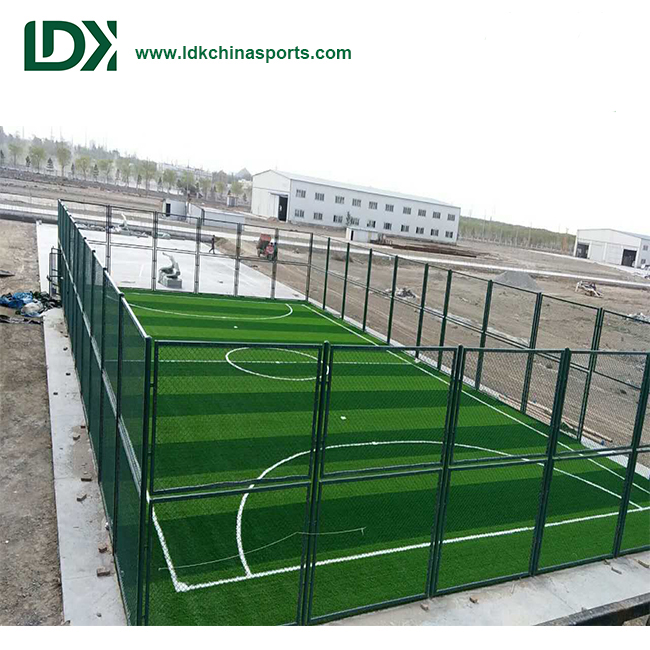
Football field goal
It is 7.32 meters (8 yards) long and 2.44 meters (8 feet) high, which means it is exactly three times the height. The two front pillars of the goal must be placed in the center on the short side (end line) of the court. The length and width of the goal are measured on the inside of the goalpost and beam. There is no strict regulation on the width of the goal. The width and thickness of door pillars and beams must be ≤ 12 centimeters and should be symmetrical and equal.The goal must be white. The net must be propped up behind the goal to give the goalkeeper ample room for movement. If the goal dislodges or breaks during the game, the game should be suspended immediately. If it can be restored, the game should continue (the crossbar can be completely removed and replaced with a rope). Otherwise, the game will be terminated. This is done to ensure the safety of the players.
The goal is only valid when all the balls of the football enter the goal line, and partial pressure on the line is not counted.
The answer to the question about how many holes there are in a football goal net is: depending on the production process and materials, the standard 11 player football should be 1278 to 1864, and the standard 5-player football should be 639 to 932.
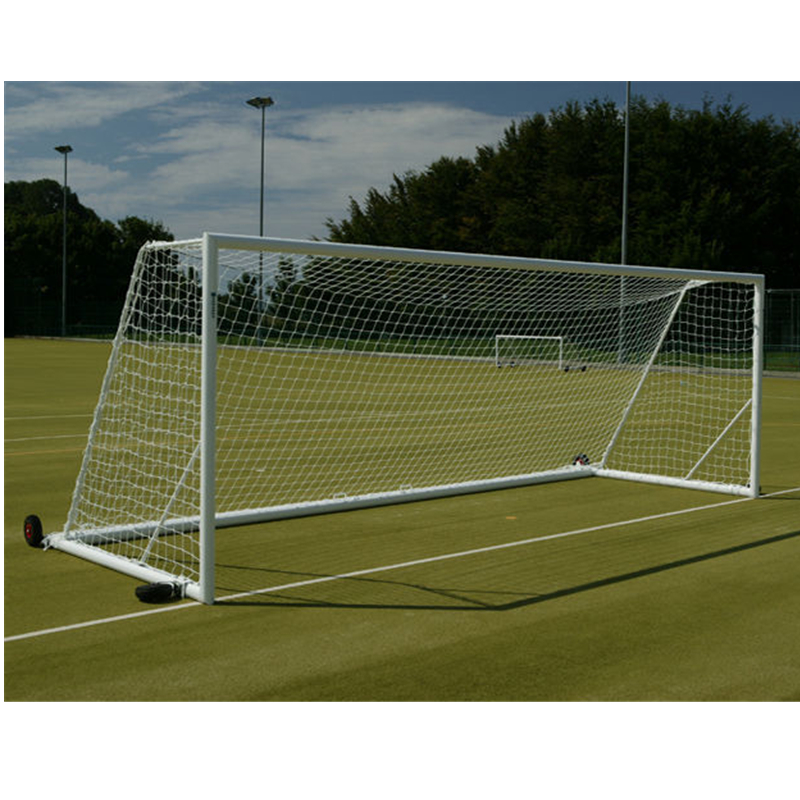
Aluminum Movable Football Goals
Draw lines on the football field
The line width shall not exceed 12 centimeters (5 inches). The two long sides are called "sidelines", and the two short sides are called "end lines" ("goal lines"). The line that crosses the middle of the field is called the "center line". The area of each area within the stadium includes the drawn lines, which means that the length and width of each area are based on the outer side of the drawn lines.Unlike basketball rules, the lines drawn on the football field not only constrain the plane range of the ground, but also vertically constrain the three-dimensional range of space, that is, there are regulations for airborne boundaries.
Football field penalty area
The penalty area, often mistakenly referred to by fans as the penalty area, is an area near the goal on a football field.The specific range is to draw two line segments perpendicular to the goal line from 16.5 meters (18 yards) inside each goalpost, extending to 16.5 meters (18 yards) inside the playing field, with both ends connected by a line segment parallel to the goal line. The area enclosed by these lines and the goal line is the penalty area.
There is also a penalty spot within each penalty area, which is located 11 meters (12 yards) from the midpoint of the goal. Draw an arc outside the penalty area with a radius of 9.15 meters (10 yards) from the penalty point, which is called a free throw arc. The free throw arc does not belong to the penalty area.
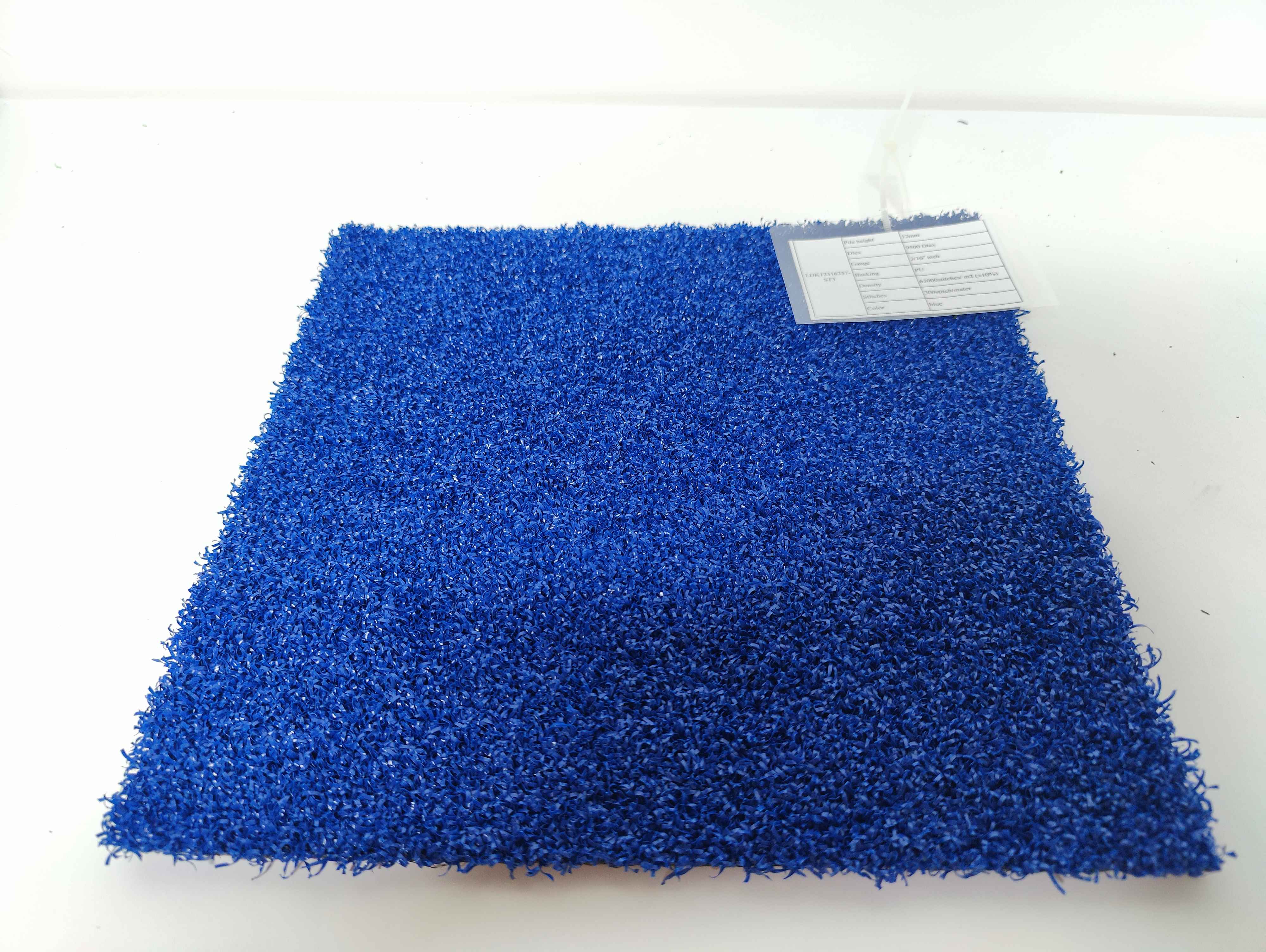
LDK artificial sports football grass
Football field goal area
The goal area is often mistakenly referred to as a small penalty area by fans. Two lines perpendicular to the goal line are drawn 5.5 meters (6 yards) from the inside of each goalpost. These lines extend 5.5 meters (6 yards) into the playing field and intersect with a line parallel to the goal line. The area composed of these lines and goal lines is the goal area, with an area of 5.5 x 5.5 x 2+7.32 x 5.5=100.76 square meters.When the opening team member takes the goal kick (wide kick), the football must be in the goal area, and there must be no opposing player in the penalty area (large penalty area). After the goal kick is released, the opening player is not allowed to touch the ball again until it touches other players. So sometimes it can be seen that the kickoff player, even though they are very close to the ball, still appears at a loss after kicking the ball, because he cannot immediately touch the ball again, otherwise depending on the specific situation, the opposing team member will be awarded a direct free kick, indirect free kick, or penalty (if using their hands) at that point.
If the ball does not fly out of the penalty area (large penalty area), it must be reopened. If the ball goes directly into the opponent's goal, it is counted as a score. If the ball does not leave the penalty area (penalty area) but directly enters our own goal, it will not be counted as a score and needs to be reopened (that is, it is not allowed to kick the ball into our own goal within the penalty area).
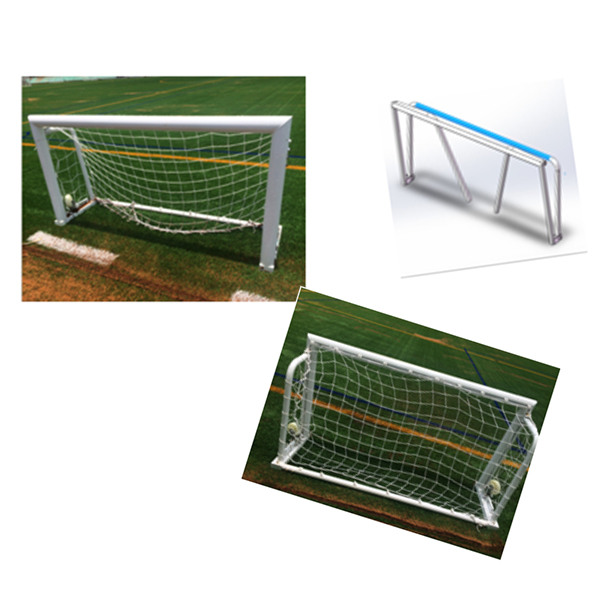
Football field corner flag area
The radius of the corner flag arc is 1 meter (1 yard). Tree one flag at each of the four corners of the venue, with a height of no less than 1.5 meters (5 feet) and a rectangular flag. In addition, it is also possible to tree a small flag of this kind at least 1 meter (1 yard) away from both ends of the centerline, but we rarely see such a practice in actual competitions (non mandatory).The reason for planting flags is to help players, referees, and spectators see the boundaries of the field and the position of the corner flag arc in poor weather conditions, ensuring the smoothness of the game. In fact, in most cases, setting up these flags is really useless, especially for corner flags, which can be a bit inconvenient when players serve corner kicks.
A marker can be placed at the end line and sideline 9.15 meters (10 yards) away from each corner flag arc (non mandatory) to limit the distance of the goalkeeper when the attacking team takes a corner kick.
The attacking team member shall not be closer than 9.15 meters (10 yards) from the corner kick arc to the defensive team member (wall) before the corner kick is fired.

Mid circle of football field
The radius is 9.15 meters (10 yards), and the diameter of the starting point is 22 centimeters. The function of the middle circle is to prevent any player who is not the opening team from entering this circle before the referee blows the whistle at the beginning (or kickoff) of the game. The purpose is to ensure that the opening team members can release the ball and start the game smoothly.Similarly, in a game, when an attacking team member serves a free kick, the defensive team member (wall) must not be close to the ball by 9.15 meters (10 yards), which is also to ensure that the ball can be smoothly launched. Of course, the 9-15 meter distance at this time can only be determined by the referee (referee or sideline)'s visual observation, and he/she will refer to the radius distance of the middle circle.
In addition, after the end of the entire game, both team members and referees are gathered in the middle circle to shake hands with each other as a gesture of friendship.
More LDK football product recommendations:
Football Cage
Futsal Goals
Metal Football Goal
Aluminum Football Goal
Foldable Football Goal
Portable Football Goal
Mini Football Goal






